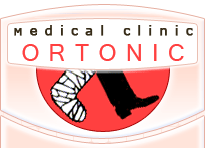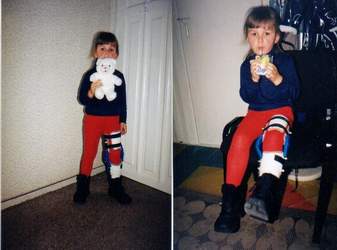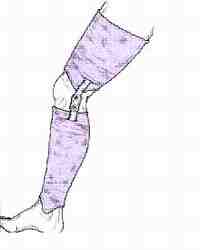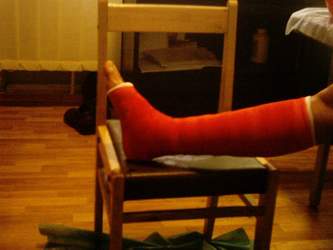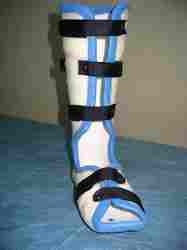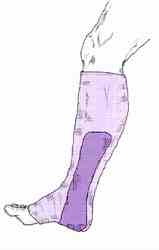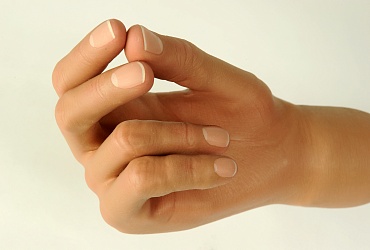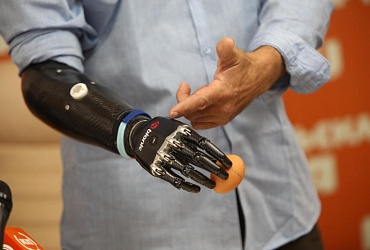Оrthoses
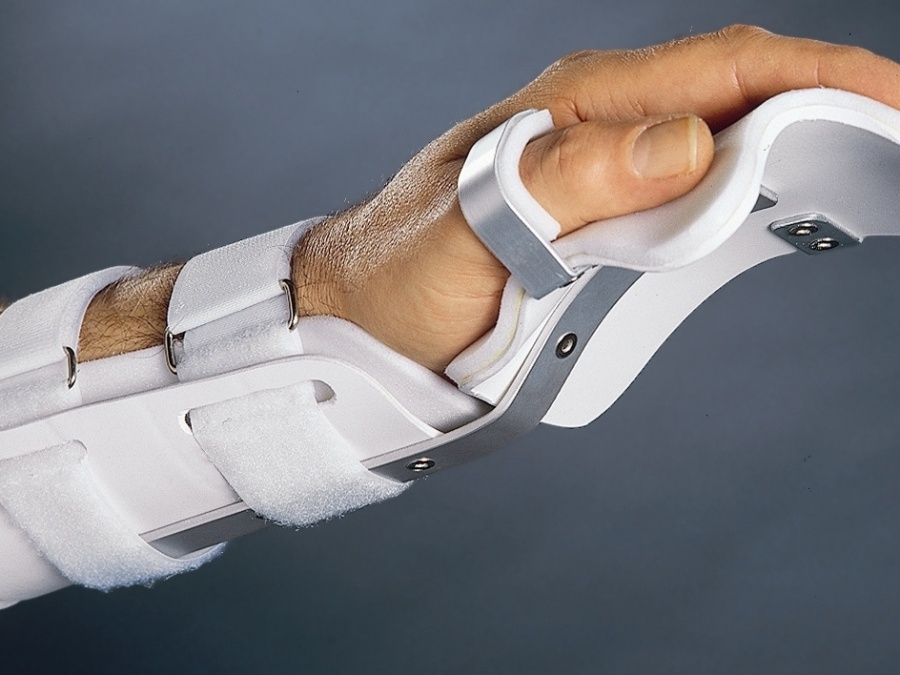
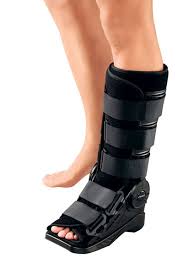
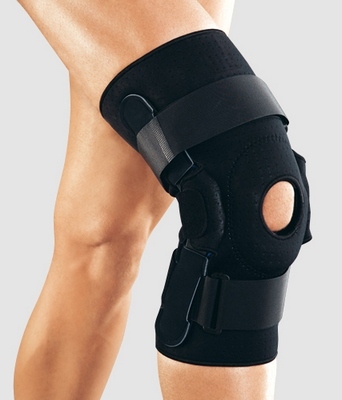
Orthesis (Greek ορθός - direct, equal) is an external medical device designed to change the structural and functional characteristics of the neuromuscular and skeletal system: unloading, fixing, activating and correcting the functions of the damaged joint or limb.
What is an "orthosis"?
Orthoses are external orthopedic devices designed to correct, stabilize and compensate for violations of the musculoskeletal system, as well as to protect and unload joints. Tutors, bandages, corsets, reklinators, orthopedic devices, braces, knee pads, head holders, orthopedic insoles (insteps, pronators, heels) are not a complete list of products united by the term "orthosis".
Why orthoses are needed?
The human musculoskeletal system, in spite of its seeming perfection, is in fact very vulnerable and according to statistics, 97% of people at least once in their life experience problems with joints and spine. Sedentary lifestyle, lack of mobility. Machine - computer - machine - TV. Painfully familiar route. We try to make up for lost time and head for sports and fitness, forgetting that excessive loads for unprepared and unprotected joints are as dangerous as complete immobility. Bruises, sprains, subluxations are the most innocuous of the possible consequences of such hobbies. The other extreme is all day long. What will happen to the machine without shock absorbers and worn out bearings? However, the machine is easier. Much more difficult with joints. Of course, and as an erased bearing, you can replace them if necessary, but still most people in the soul tend to postpone this happy moment. Prevention is much easier than fixing. Protect joints and prolong their life called special orthopedic external devices, called ortheses. By creating external support, unloading and stabilizing joints, orthoses effectively contribute to the treatment and prevention of many joint diseases.
If I wear orthoses, will this development cause muscle atrophy?
The development of muscle atrophy when using orthoses is a myth, but unfortunately, it is quite common even among doctors. Indeed, prolonged and complete immobilization leads to the development of atrophy. However, the vast majority of orthoses (with the exception of special immobilizing) do not immobilize the joints, but only carry out their external support and unloading. In addition, the maximum time of use of orthoses during the day, as a rule, does not exceed 8-10 hours. It is proved that this mode of using muscle atrophy does not occur.
The final stage of the stepwise corrective bandages from the Scotch cast material is shown in the form of removable orthotic tires. It is used in children of early childhood with curvature of the legs in the region of the knee joints (X- or O-shaped deformation). The most important characteristics of the material: durability, lightness, air permeability - allow children to tolerate treatment much easier than using classical gypsum dressings.
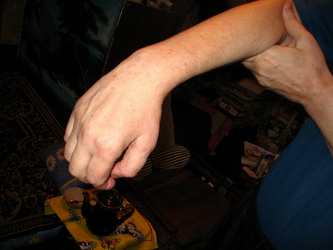


The fixing splint for the wrist and wrist joint made of Scotch cast material is used to fix the hand and fingers in the correction position.
It is used in the presence of vicious installations, contractures of the hand and fingers due to stroke, trauma and diseases of the central or peripheral nervous system. It is especially effective during the period of physical therapy exercises to retain and consolidate the achieved results during development.
Timing of manufacturing similar orthoses from 2 to 4 days. Advantages of the material from which the product is made is its lightness, strength, air permeability, moisture resistance, ease of handling.
Fixing bandage of this type made of modern material for immobilization Soft cast (USA). It is used in the vast majority of lesions of the foot, ankle, lower third of the lower leg.
